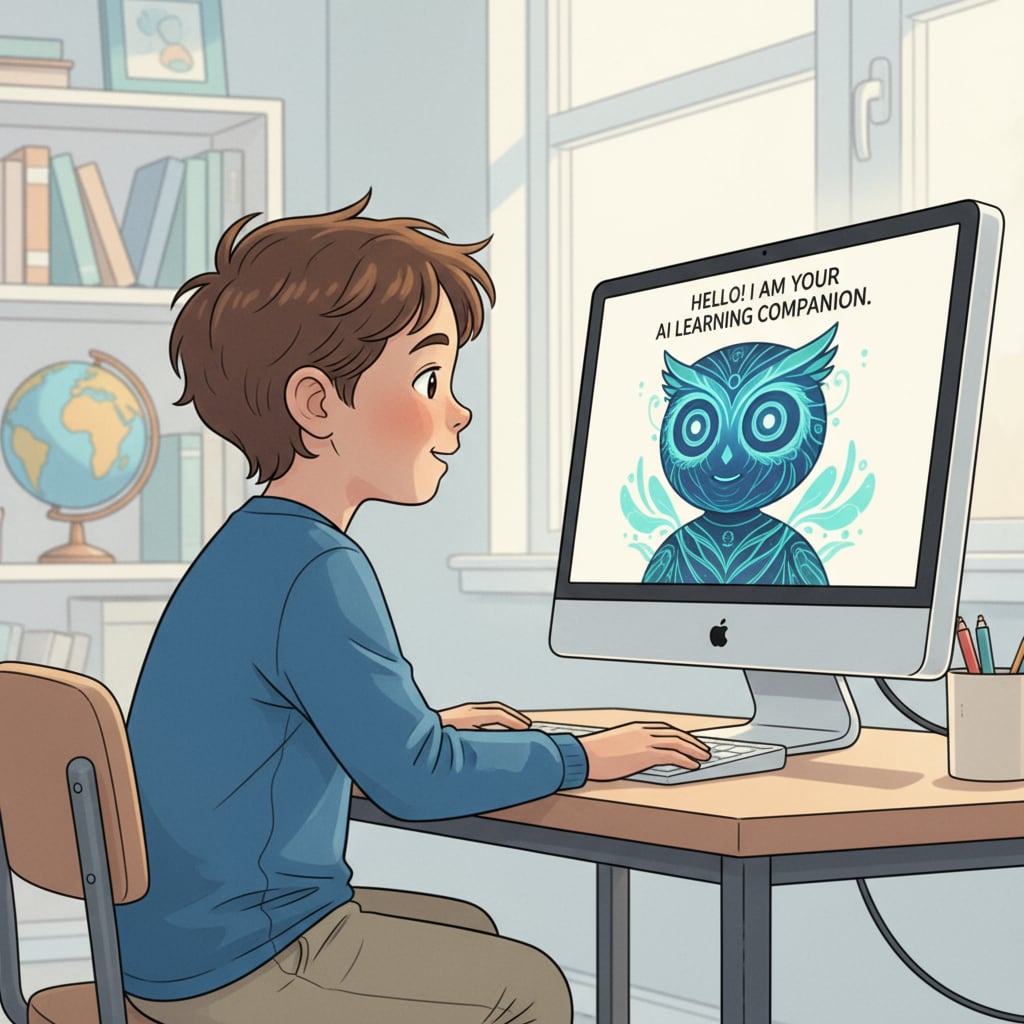In the modern age of rapid technological advancement, the concepts of AI avatars, child safety, and technological exploration are becoming increasingly intertwined. The widespread availability of artificial intelligence (AI) technology has led to a situation where more and more children are starting to interact with AI tools. Take, for example, the case of a 9-year-old girl who created her own AI avatar. This instance highlights the growing trend of children’s engagement with AI, which, while exciting, also raises significant concerns about their safety.

The Rising Popularity of AI Among Children
AI has become a part of our daily lives, and children are no exception to its allure. With the development of user-friendly AI applications, kids are easily drawn to the novelty and interactivity these tools offer. For example, many AI-driven apps allow children to create unique avatars, tell stories, or even solve simple problems. This hands-on experience with technology encourages them to explore and learn, which is a positive aspect of technological exploration. According to Pew Research Center, the digital native generation is growing up in an environment where technology is an integral part of their lives, and AI is quickly becoming one of the tools they are most interested in.

The Safety Risks Associated with Children’s AI Use
However, along with the benefits, there are numerous safety risks when children engage with AI. One of the major concerns is privacy. When children create AI avatars or use other AI services, they may unknowingly provide personal information. This data can be misused by malicious actors. Additionally, AI algorithms are not always perfect. They may generate inappropriate content, such as violent or scary images, which can have a negative impact on a child’s mental health. UNESCO has warned about the potential threats that AI poses to children’s well-being, emphasizing the need for proper guidance and protection.
Another risk is the potential for AI to influence a child’s perception of reality. Since AI-generated content can be highly realistic, children may struggle to distinguish between what is real and what is created by AI. This could lead to confusion and misunderstandings, especially in younger children.
Readability guidance: As we can see, the risks are significant. In the next section, we will explore how parents and educators can step in to mitigate these risks.
Guiding Children’s Safe Exploration of the AI World
Parents and educators play a crucial role in ensuring that children’s technological exploration is safe. Firstly, they should have open conversations with children about the nature of AI and the potential risks involved. By educating children about privacy, for example, they can make more informed decisions when using AI tools. Secondly, parents can monitor their children’s online activities. There are various parental control tools available that can restrict access to inappropriate AI-generated content.
Educators, on the other hand, can incorporate AI education into the curriculum. By teaching children about AI algorithms, data handling, and the ethics behind AI, they can empower them to use AI in a responsible manner. This way, children can not only enjoy the benefits of technological exploration but also be aware of the importance of child safety in the digital age.
In conclusion, while the digital age presents exciting opportunities for children to explore AI, it also comes with its fair share of challenges in terms of child safety. By being proactive and taking appropriate measures, parents and educators can help children navigate the AI world safely, ensuring that their technological exploration is a positive and enriching experience.


